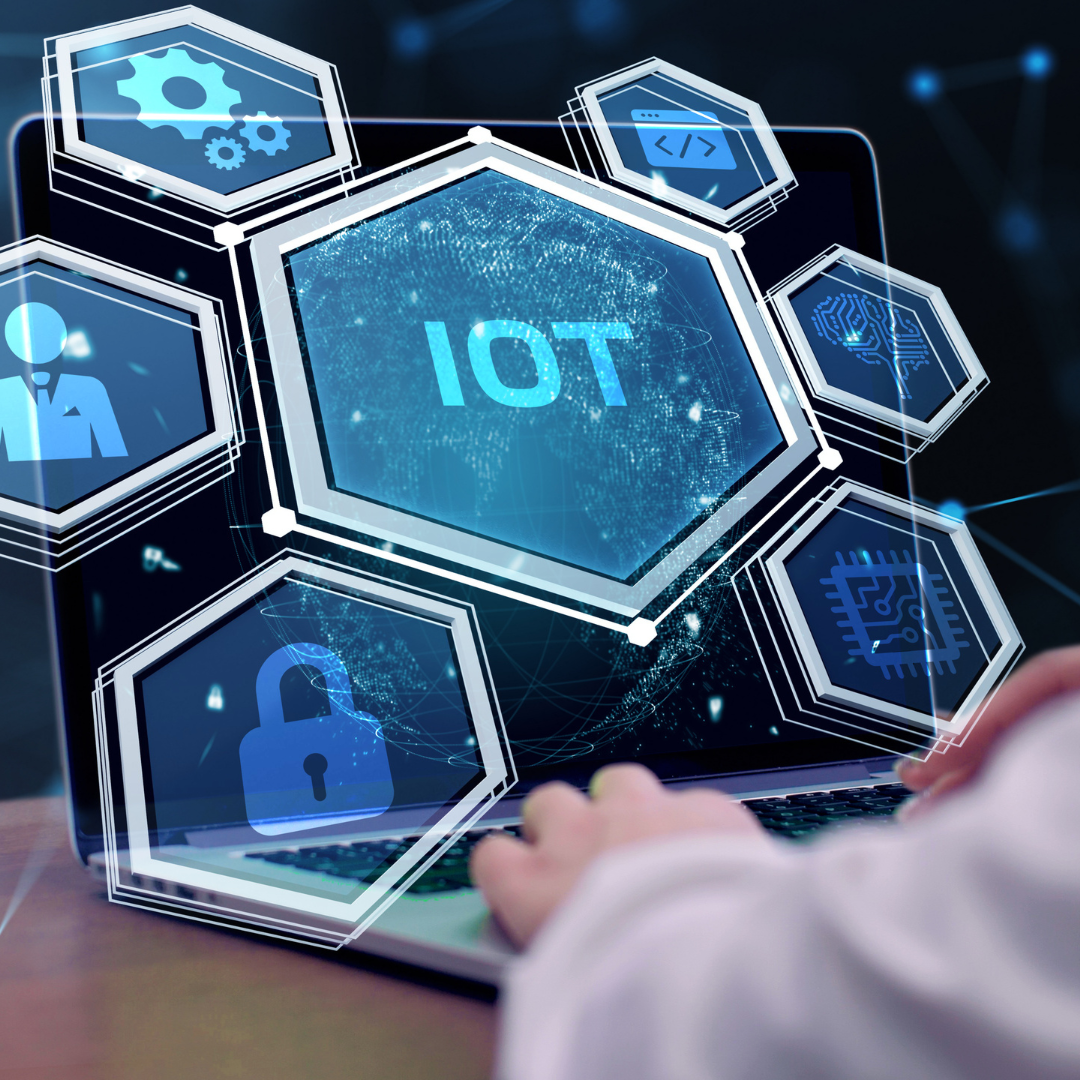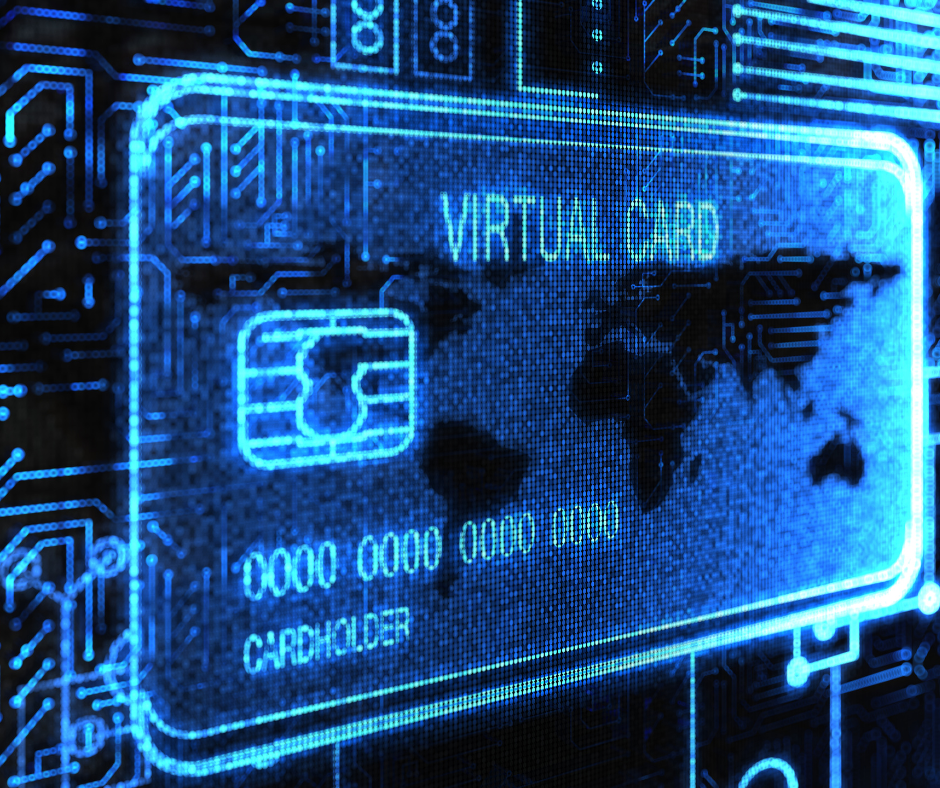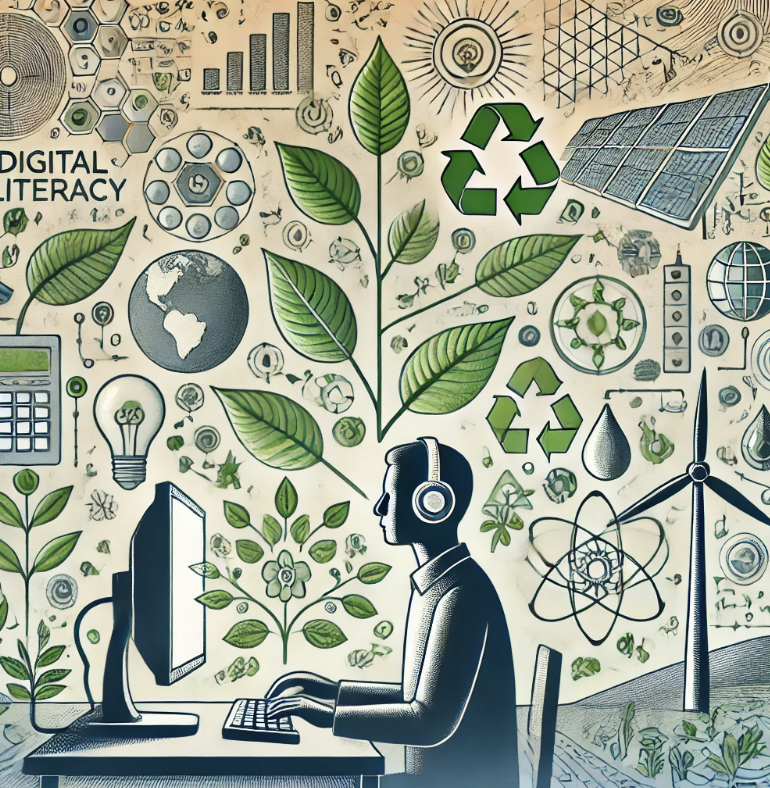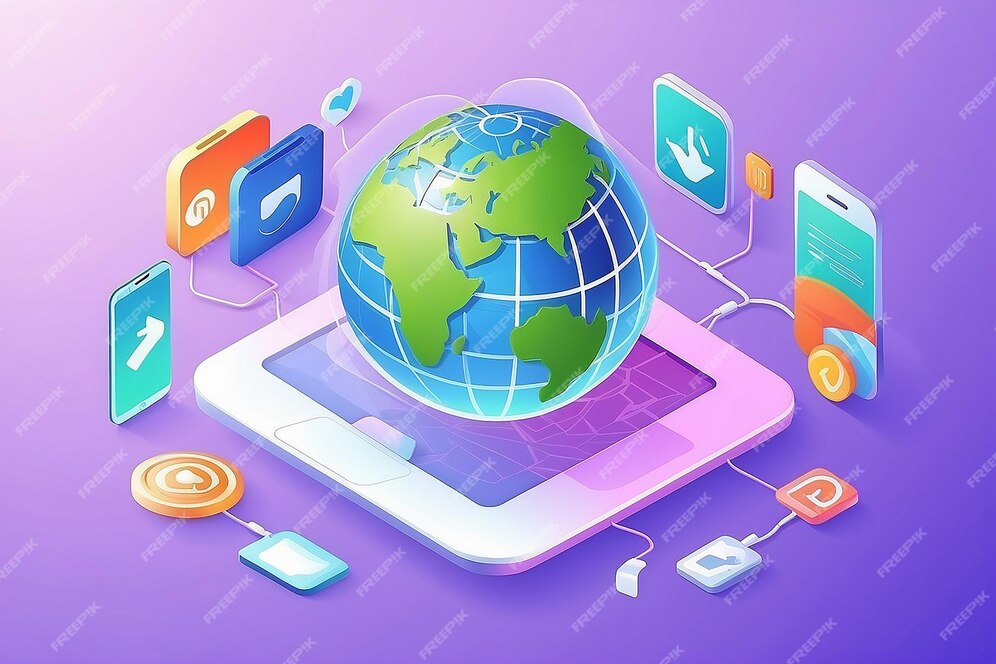Do you want to learn more about GNET ?
Click on the button below and download the guidelines for moderators to host debates.

The Internet of Things (IoT) is becoming a powerful tool in the push for environmental sustainability and a circular economy. By connecting devices, sensors, and systems, IoT offers innovative ways to manage resources, minimise waste, and encourage sustainable practices. However, as we embrace these advancements, it’s important to consider their environmental impact.
How IoT Drives Sustainability and the Circular Economy
IoT technologies are helping industries and individuals make smarter, more sustainable decisions:
Smarter waste management: IoT-enabled bins sort waste, track usage, and reduce unnecessary collection trips, improving recycling processes.
Energy optimisation: Sensors monitor and reduce energy use in homes, businesses, and renewable energy systems like wind turbines and solar panels.
Supporting circular economy principles: IoT facilitates recycling and reuse through smart sorting, predictive maintenance, and eco-friendly designs that extend product lifespans and reduce waste.
These innovations promote the circular economy, where resources are reused, recycled, and kept in circulation for as long as possible.
The Challenge: IoT’s Environmental Footprint
Despite its benefits, IoT isn’t without challenges. Data centres and IoT devices consume vast amounts of energy, contributing to 2%-5% of global greenhouse gas emissions. With only a small percentage of decision-makers prioritising sustainability in technology infrastructure, the environmental costs of IoT could outweigh its benefits unless addressed.
The Debate
Can IoT truly lead the way towards a sustainable future, or are we simply shifting environmental issues elsewhere? Should greater focus be placed on making IoT itself more environmentally friendly?
We want to hear your views! Is IoT the key to sustainability, or do we need a more critical approach to how it’s developed and deployed? Share your thoughts and join the discussion below.
Reference: https://www.digi.com/blog/post/internet-of-things-environmental-sustainability
You must be logged in to post a comment.








Click on the button below and download the guidelines for moderators to host debates.
The Internet of Things is a game-changer for sustainability, offering innovative solutions to reduce waste, optimize energy use, and support a circular economy.However, it comes with a challenge, IoT’s infrastructure, including the energy demands of data centers and the production of billions of devices, contributes significantly to global emissions. In the end it’s important to note that with the right approach, IoT can be the key to a greener, smarter future.
This post highlights the potential of IoT to drive sustainability and the circular economy. By optimizing resource management, reducing waste, and promoting recycling, IoT can contribute to a more sustainable future. However, it’s crucial to address the environmental impact of IoT itself, particularly the energy consumption of data centers and devices.
To truly unlock the potential of IoT for sustainability, we need to prioritize energy-efficient designs, sustainable materials, and responsible manufacturing practices. Additionally, it’s essential to consider the ethical implications of data collection and usage, ensuring that IoT technologies are deployed in a transparent and accountable manner.
By striking a balance between technological innovation and environmental responsibility, we can harness the power of IoT to create a more sustainable and resilient future.